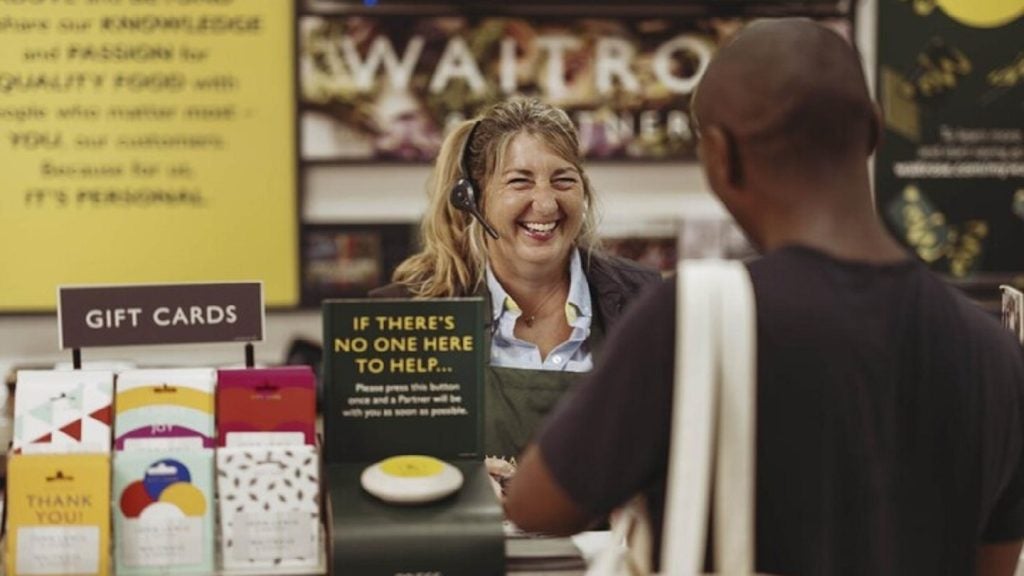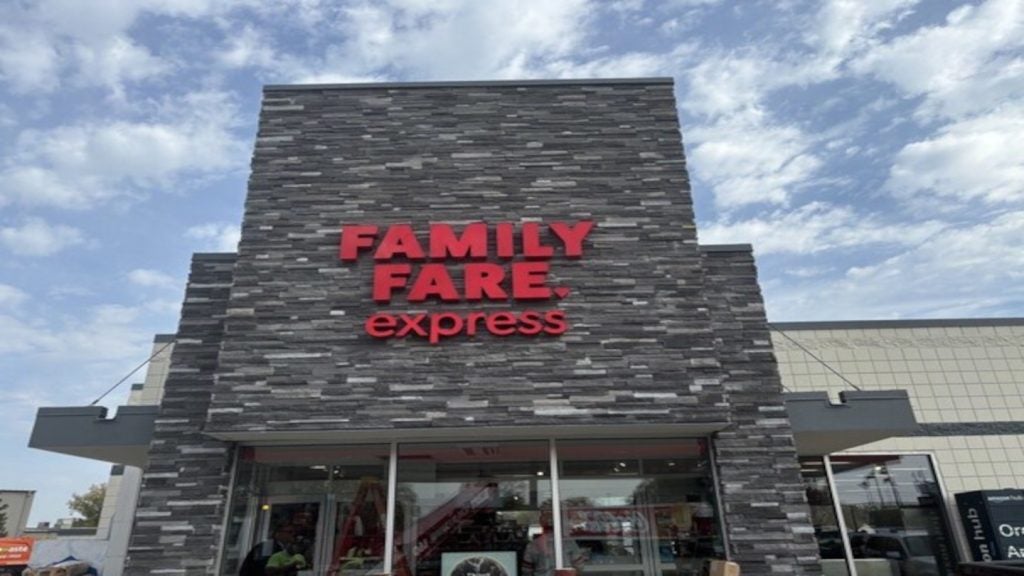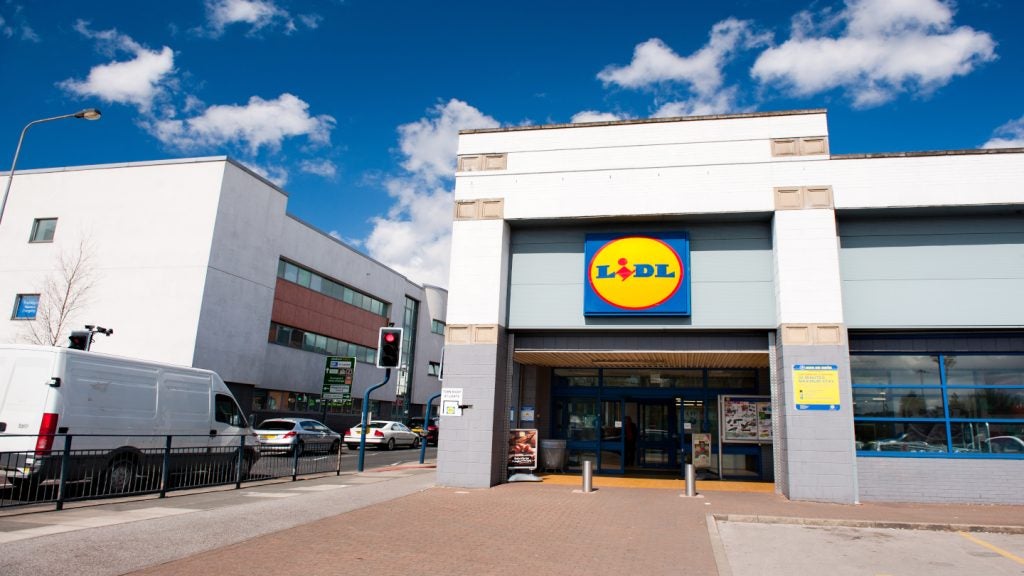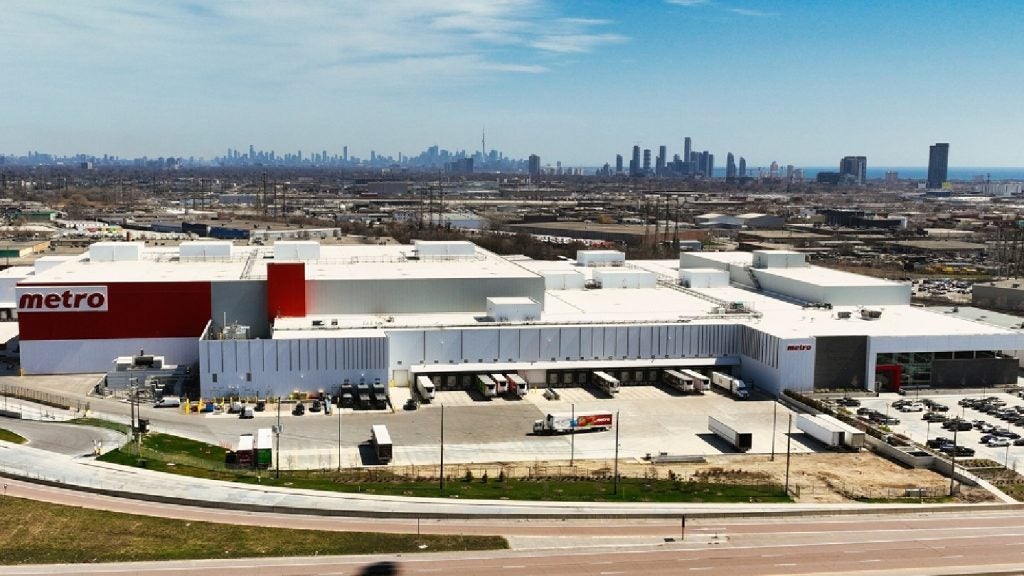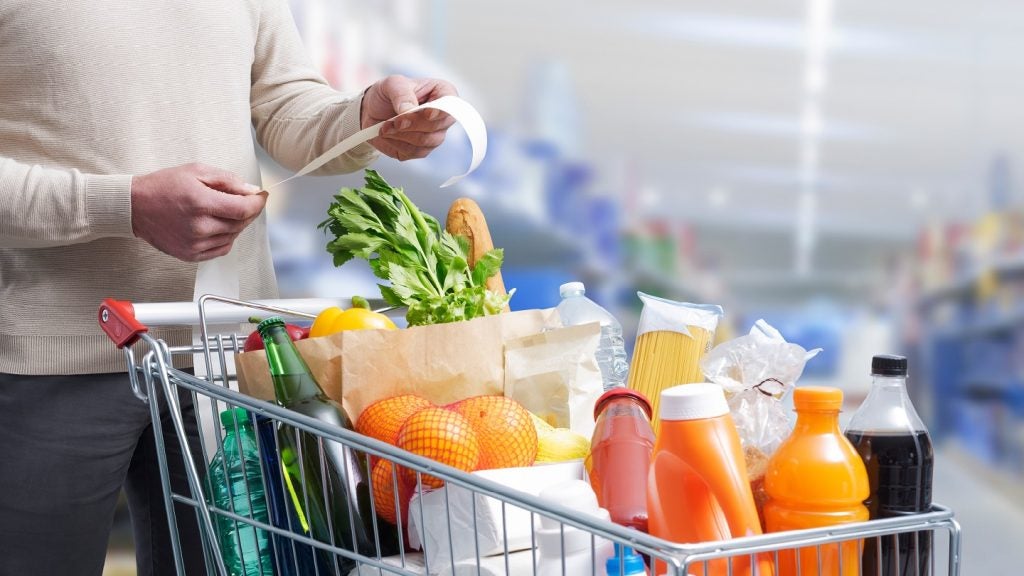As of early October 2024, UK shop prices have continued to trend downwards, with deflation recorded at 0.8%, a slight drop from 0.6% in September.
This marks the third consecutive month of price declines and indicates a shift in consumer spending patterns as the retail landscape adapts to current economic conditions.
Trends in non-food and food prices
The non-food sector has remained in deflation, holding steady at -2.1%. This figure is below the three-month average of -1.9%, reflecting ongoing discounting strategies by retailers.
Categories such as electronics and DIY items saw significant price reductions, benefitting from increased consumer interest following a revival in the housing market.
In contrast, food inflation has eased to 1.9%, down from 2.3% in September. Despite this slowdown, food prices still exceed the three-month average of 2.1%.
Notably, fresh food inflation has decreased to 1.0%, the lowest rate since October 2021, as retailers introduced promotions around seasonal events. The prices of meat, fish, and confectionery items like chocolate have particularly benefitted from these deals.
Retailers adapt to changing market conditions
Helen Dickinson OBE, Chief Executive of the British Retail Consortium (BRC), commented on the shifting dynamics, stating that the continued drop in shop prices reflects retailers’ efforts to maintain competitiveness in a challenging economic environment.
The gradual easing of inflation in essential categories provides households with a glimmer of hope, although uncertainties remain. Factors such as geopolitical tensions, climate change's impact on food supplies, and forthcoming government regulations could threaten this positive trend.
The BRC has called for the Chancellor to consider a "Retail Rates Corrector" in the upcoming budget. This proposed 20% downward adjustment to business rates for retail properties aims to ease the financial burden on retailers, allowing them to sustain low prices while fostering job security and investment in physical stores.
Consumer sentiment and future outlook
Consumer confidence continues to be tested as spending habits evolve. Mike Watkins from NielsenIQ noted that although inflation within the food supply chain is slowing, various cost pressures linger.
With Christmas approaching, retailers are bracing for heightened competition for consumer discretionary spending. The festive season traditionally triggers an uptick in promotions, compelling retailers to attract customers amid changing market dynamics.
In summary, while the latest data suggests a more favourable pricing environment for shoppers, ongoing economic uncertainties could pose risks to this positive trend.
Retailers will need to remain agile and responsive to continue providing value while navigating the complexities of the current landscape.




